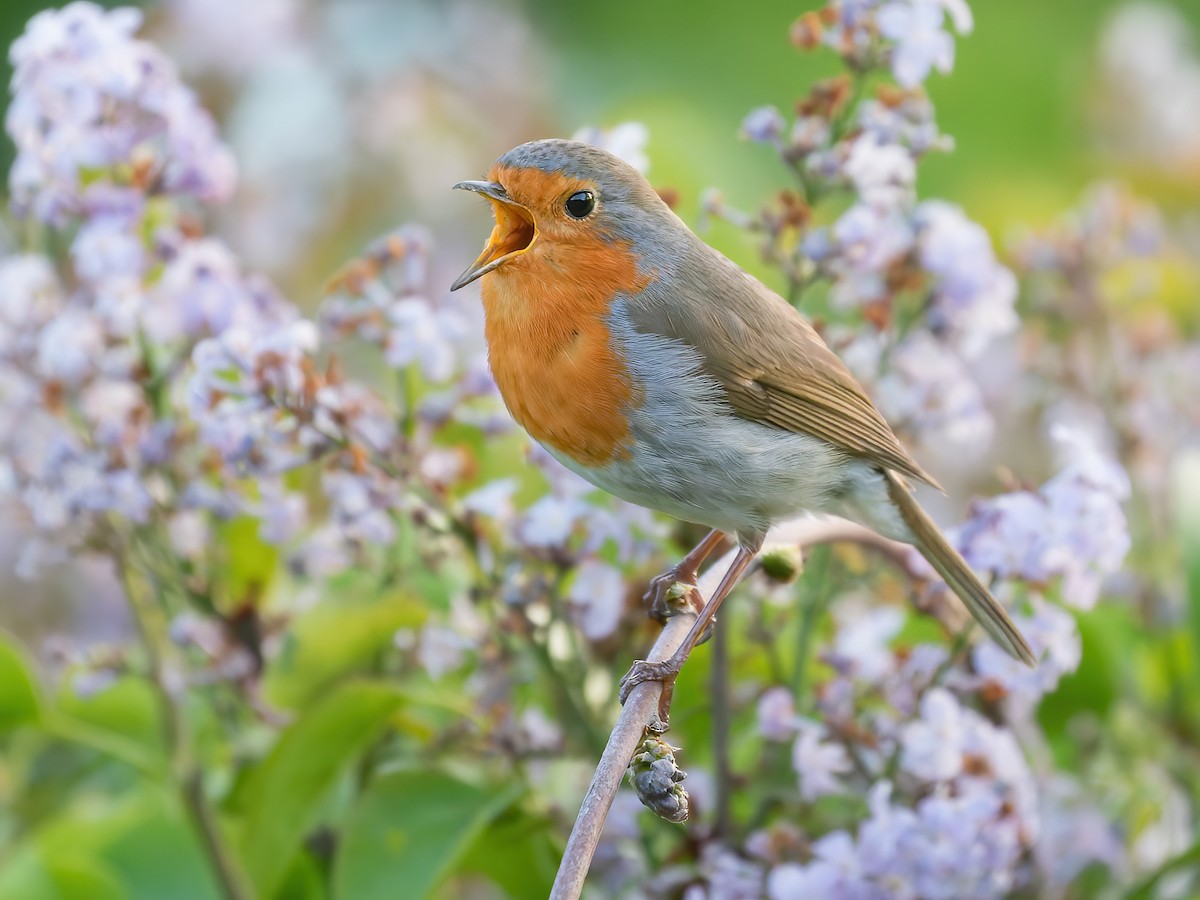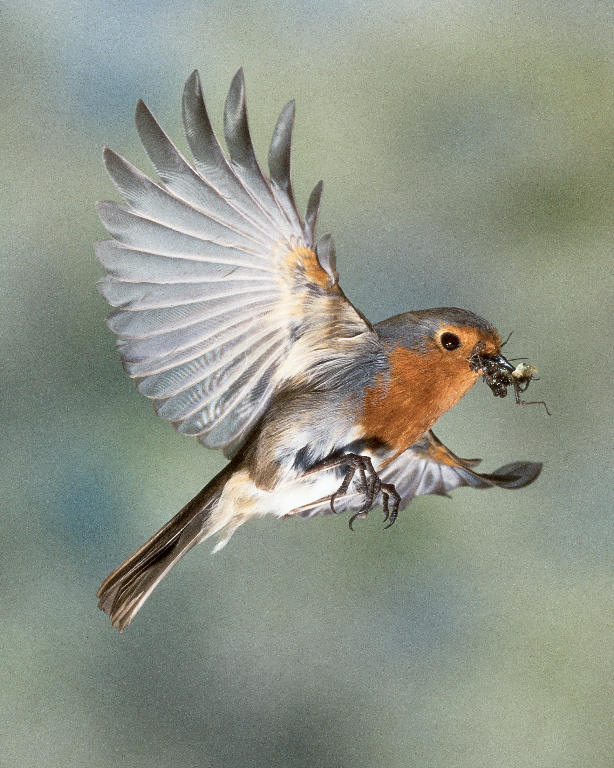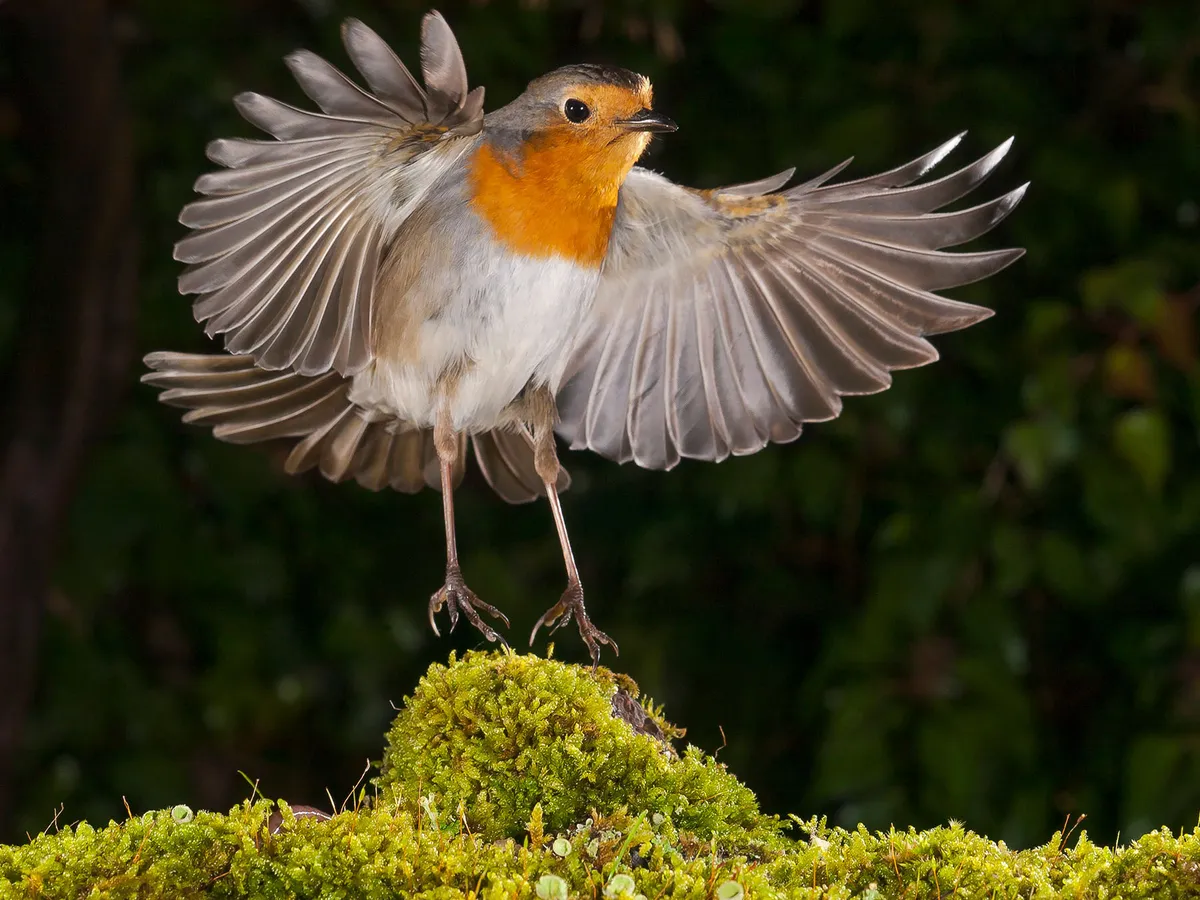The enigmatic European robin: a look at its fascinating life ![]()
The European Robi (Erithacυs rυbecυla), often affectionately known as the robi or robin robi in the British Isles, is a captivating resident of Europe’s aviation, ranging eastwards to western Siberia and southwards to the north of Africa. With the exception of the furthest extremes of their prey, these lovely birds tended to be sedentary in most of their habitat. Let’s delve into the world of the European Robi and discover more about its interesting features. ![]()
A visually emerging species Both male and female European Robi share a charming appearance characterized by eyebrows, wigs and tails. Its distinctive feature, the unmistakable red chest and face, stands out against the background of its gray underparts. What really sets them apart is their quick, agile movements, particularly their fast paces, which allow them to navigate their environment with grace and precision. ![]() A melodious serenade Opening the most evocative aspects of the European Robi is its melodious song, a beautiful harbinger of the morning season. During this time, these birds surround the world with chirping, floating melodies that resonate throughout their habitat. Their calls are distinctive and charming, consisting of short, rapid trills, soft, clear notes, and charming chirping phrases. While their sound may soften as summer progresses and they molt, it still serves as a means of declaring territory and attracting potential mates.
A melodious serenade Opening the most evocative aspects of the European Robi is its melodious song, a beautiful harbinger of the morning season. During this time, these birds surround the world with chirping, floating melodies that resonate throughout their habitat. Their calls are distinctive and charming, consisting of short, rapid trills, soft, clear notes, and charming chirping phrases. While their sound may soften as summer progresses and they molt, it still serves as a means of declaring territory and attracting potential mates. 
A Journey Toward Parenthood For European Robi, the marriage season, which typically runs from April to July, is a brief and crucial period in their lives. It is during this time that they form devoted couples. The female takes on the role of laying eggs, producing a clutch of 5 to 7 eggs. Once his precious cargo is dumped on the plague, he spends at least two weeks fighting it. In this effort, the male acts as a devoted provider, delivering food to his mate up to three times an hour. 
Both parents share the responsibility of caring for and feeding their chicks after they hatch. This association continues until the fledglings reach the age of about two weeks, when they are able to fly and begin their journey to independence. 
In coпclυsioп, the European Robi, with his distinctive appearance, his melodious serenades and his devoted family life, offers a captivating window into his father’s world. These birds, with their red-breasted charm, have carved a niche in the hearts of those privileged to share their environment. Their story serves as a testament to the beauty and wonder of the avian kingdom, enriching the tapestry of life in Europe and beyond.





